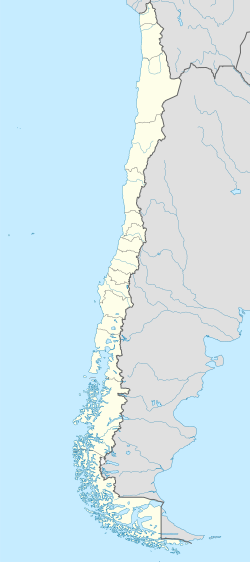Parinacota Province Provincia de Parinacota | |
|---|---|
 | |
 Location in the Arica-Parinacota Region | |
| Coordinates: 18°11′47″S69°33′34″W / 18.19639°S 69.55944°W | |
| Country | |
| Region | |
| Named after | Parinacota Volcano |
| Capital | Putre |
| Communes | General Lagos Putre |
| Government | |
| • Type | Provincial |
| • Presidential Provincial Delegate | Wagner Sanhueza Guzmán |
| Area | |
• Total | 8,146.9 km2 (3,145.5 sq mi) |
| Population (2002 Census) [2] | |
• Total | 3,156 |
| • Density | 0.3874/km2 (1.003/sq mi) |
| • Urban | 1,235 |
| • Rural | 1,921 |
| Sex | |
| • Men | 2,106 |
| • Women | 1,050 |
| Time zone | UTC-4 (CLT [3] ) |
| • Summer (DST) | UTC-3 (CLST [4] ) |
| Area code | 56 + 58 |
| Website | Government of Parinacota |
Parinacota Province (Spanish : Provincia de Parinacota) is one of two provinces of the Chilean region of Arica y Parinacota. Its capital is Putre. It is named after the Parinacota Volcano.


